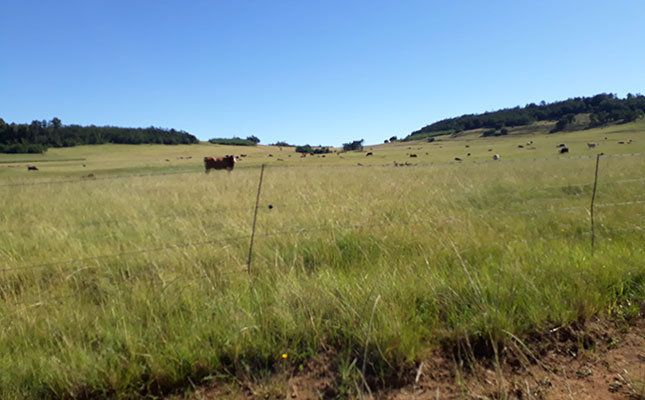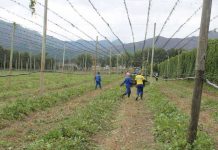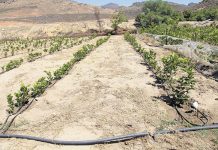Factors other than cost will determine whether farmers continue with second shearing, industry leaders say.
With shearing rates increasing by up to 25% and most crossbred wool returns continuing to languish around the cost of production there have been suggestions farmers might switch to annual shearing to cut costs.
But brokers and farmers said animal health and farm management benefits from second shearing outweigh the cost for most.
Shearing contractors have increased pay to stem the loss of experienced shearers and shed hands to Australia and to make the jobs more attractive to young people.
Wairarapa sheep farmer and Federated Farmers provincial president William Beetham won’t not abandon second shearing because it suits his system.
“If there is a bit extra cost it does not appear to be changing the attitude of farmers away from second shearing.”
Of greater concern to him is the value of the fibre than harvesting costs but he is considering other ways to reduce his shearing bill.
“One of the things I will look at is delaying lamb shearing, sending more to the processors before being shorn.”
Another option farmers are looking at is to investigate employing shearers on an open shed basis, allowing the farmer work in the shed themselves and employ fewer wool handlers.
Beetham said farmers understand the need to improve incomes but the bigger issue is the future of wool.
The growing backlash against the environmental impact of man-made fibres is creating an opportunity for wool but quality has to be maintained.
PGG Wrightson wool manager Grant Edwards said while there has been some discussion among farmers about changing shearing patterns, management benefits will have to be considered.
The crossbred wool market is challenging but second shear wool is in demand and a decline in quality from cost-cutting would be of concern.
NZ Wool Services chief executive John Dawson said the market for second shear wool is quite positive, albeit at a certain price.
He urged farmers to stay loyal to wool saying consumers are starting to push back against man-made fibres, which will eventually benefit wool.
Such benefits will take time to flow to wool prices but he is optimistic it will happen.





